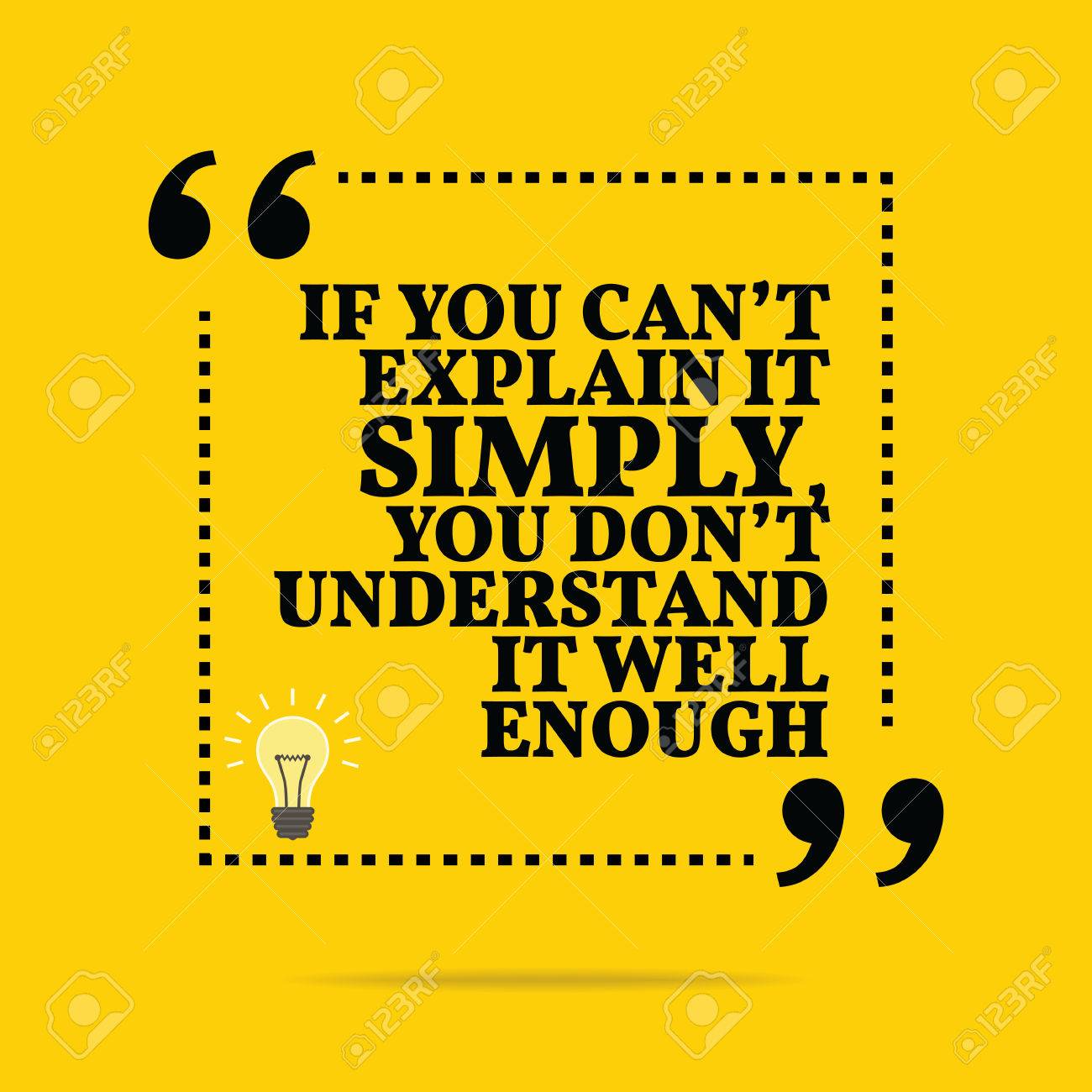Patterns for bad practices of teaching
1) Teaching whiteboard not students
Students work is only to nod head to say yes most of the time even if they understood nothing, disagreement is remarkably uncommon. Teachers don't inquire about student comprehension. Some teachers do inquire but by asking a dichotomous answer of yes or no.
But to know the comprehension level, one has to test it by asking questions to students or asking them to explain the concept.
2) Not answering means insult
If students don't give the right answer, they are insulted in front of the whole class. Students are completely responsible for not knowing the answer. "Kya tum gharme padthe nahi ho" (Don't you study at home?). So everything you have to study at home. School is not a place for learning.
3) Personal attack when you ask too much question
Again students are insulted if they ask too many questions.
4) Target only to finish the syllabus
The syllabus is paramount, not students. Why are teachers going so fast that students are unable to grasp? Answer: I have to complete the syllabus.
5) No repetition
Teachers don't repeat so that students can write down the definition. It takes time to grasp decode and understand the complicated definition. Also, it takes time to remember new technical or scientific terms.
6) Not explaining each term
Teaching is unsystematic, not based on building new concepts with what already students know. Teachers don't explain each term.
7) Ambiguous definition
Teachers give the ambiguous definition of terminology, many a times definition is manipulated and is created by themselves to meet the specific context. But when you dig deeper, you can find so many flaws in the definition.
8) Unrelated examples or analogy
Examples given are completely unrelated, no much relevance to the real concept.
9) Least student participation
No elaboration interrogation, or no retrieval practice.
10) No component-based learning
https://iambrainstorming.wordpress.com/2017/10/26/practicing-one-component-in-one-time-to-learn-the-whole/
11) Unproductive teaching
40 classes are equivalent to 4 or 5 clever classes. No discussion of big ideas, no practice.
12) Not using correct tools
Some teachers use a short, non-elaborative powerpoint presentation, without giving much time to put it into the workbook, or even read it.
Not using the computer while teaching programming, instead, notebooks and blackboard are used to explain programming.
13) Not saying don't know when you don't know
If students ask a question which teacher don't know or have forgotten, instead of saying don't know, they try to cover up with wrong answers. If they are unsure about something, they should say that they are unsure and say that they will check back and say later instead of giving the wrong answer. Also should correct the wrong answer in next class if they made a mistake due to their misconception
Explaining simply is not that simple, it's more subtle, but still a useful statement.

[…] Patterns for bad practices of teaching […]
ReplyDelete